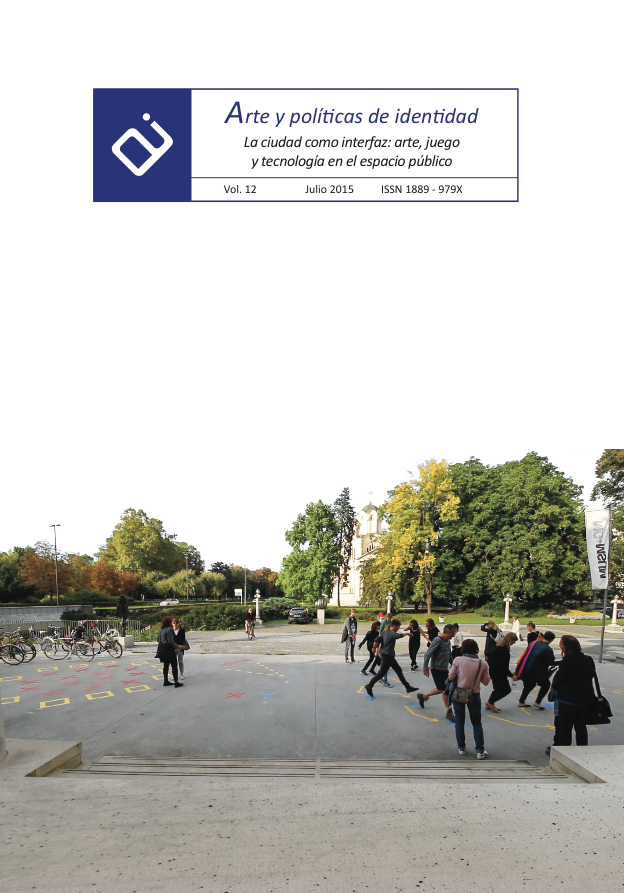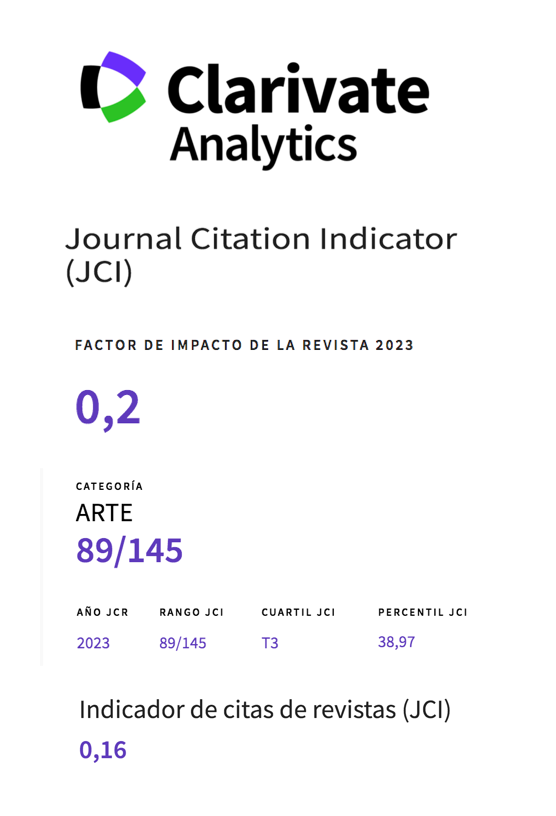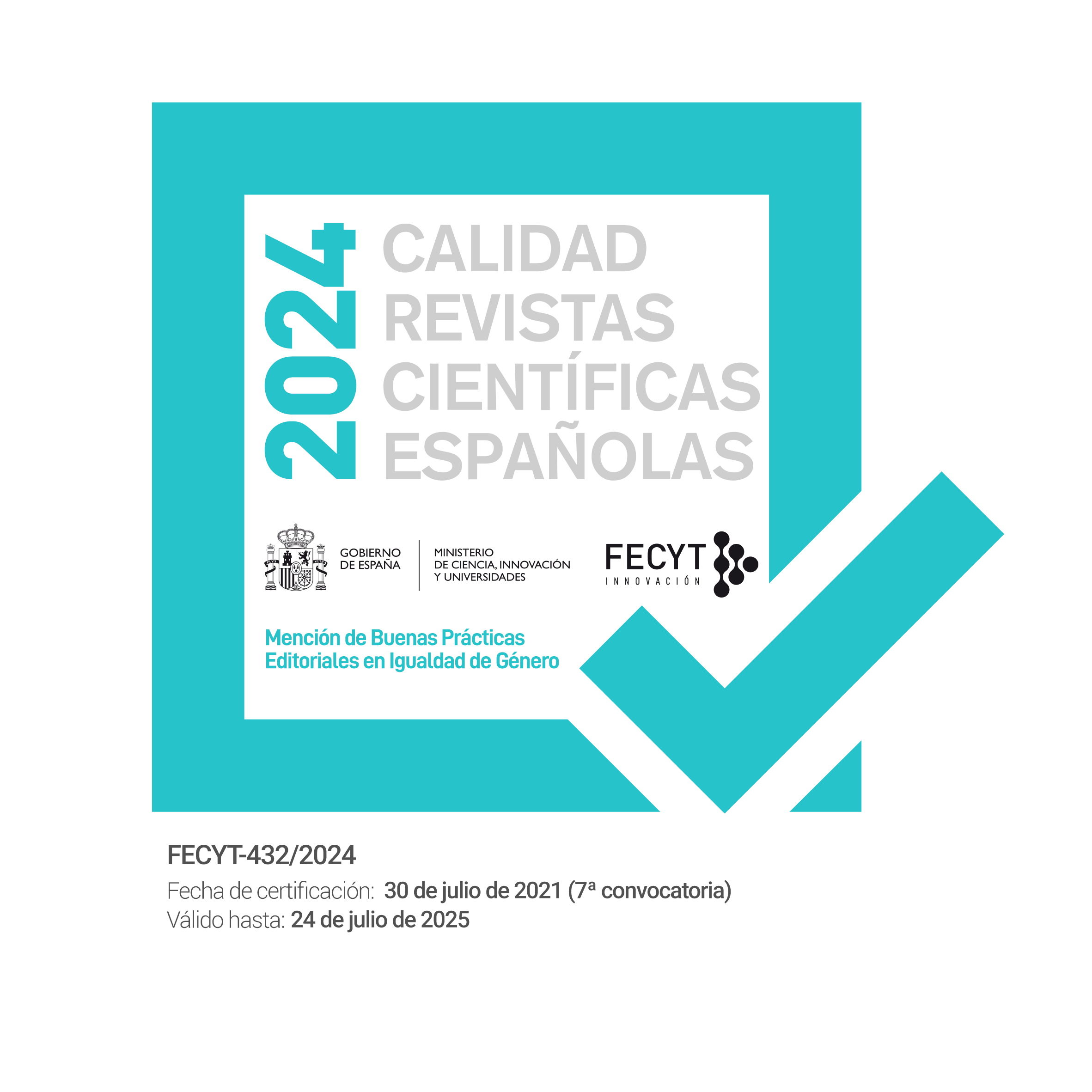The emergence of the crowd and crowdmapping practices: Reflecting on the postmodern spaces and its narratives
Abstract
The article intends to reflect on the relation among the convergence of media, responsible for distributing content in different formats, the rise of the crowd committed to produce information and the urban space. The hypothesis is that the relationship among them provides new experiences of the space as well as interpersonal connections. In view of this fact, we chose to analyze collaborative narratives, labeled as crowdmapping practices, bringing up key elements for theoretical reflection as geolocation, collective mapping, hybrid and urban space, and especially the action of a globally connected crowd. Contemporary forms of life are testifying the relevance of the concept of multitude (crowd), from the perspective of authors such as Antonio Negri and Paolo Virno, and the consequent dissolution of the concept of “people”. Plural nature and detached from a political unit or state, the crowd makes use of media to act in a non-representational form and demonstrates, in its narratives, new paradigms that shape contemporary society, its people and their spaces. Think on a postmodern urban space and its poetic, with the assumption of a culture where media are converging, demands us to list a number of changes regarding mainly the interaction between people and environments, as well as the production and consumption of information.Downloads
-
Abstract265
-
PDF (Español (España))269
References
Almeida, F. e Okada, A. (2004). Navegar sem mapa? In Leão, L. (Org.) (2004). Derivas: cartografias do ciberespaço. São Paulo: Annablume.
Bauman, Z. (2001). Modernidade líquida. Rio de janeiro: Jorge Zahar.
Constanza-Chock, S. (2011). Transmedia mobilization. Disponível em: http://cyber.law.harvard.edu/interactive/events/2011/02/sasha
Castells, M. (1996). The rise of the network society. Cambridge: Blackwell Publishers.
Eco, H. (1968) Obra Aberta. São Paulo: Perspectiva.
Hardt, M; Negri, A. (2005). Império. São Paulo: Record.
Harvey, D. (1989). A condição pós-moderna. São Paulo: Loyola.
Ianni, O. (1994). Globalização: novo paradigma das ciências sociais. Disponível em: http://www.scielo.br/pdf/ea/v8n21/09.pdf
Jenkins, H. (2008). Cultura da Convergência. São Paulo: Aleph.
Leão, L. (2004). Derivas: cartografias do ciberespaço. São Paulo: Annablume.
------ (2013). O universal no imaginário sistêmico das poéticas cartográficas: aclopamentos e desvios nos processos de criação transmidiáticos. Disponível em: http://medialab.ufg.br/art/anais/textos/LuciaLeao.pdf.
Lemos, A. (2002). Cibercultura: tecnologia e vida social contemporânea. Porto Alegre: Sulinas.
------ (2004). Cidade ciborgue. In Galáxia. Revista Transdisciplinar de Comunicação, Semiótica, Cultura., n. 8, outubro de 2004., PUC-SP, São Paulo, EDUC:Brasília.
------ (2007). Mídia Locativa e Territórios Informacionais. Disponível em: http://www.facom.ufba.br/ciberpesquisa/andrelemos/midia_locativa.pdf
Levy, P. (2001). As tecnologias da inteligência. São Paulo: Editora 34, 10a reimpressão.
Manovich, L. Visualização de dados como uma abstração e anti-sublime. In Leão, L. (2004). Derivas: cartografias do ciberespaço. São Paulo: Annablume.
Negri, A. (2008). Dispositivo metrópole: a multidão e a metrópole. Disponível em: http://uninomade.net/lugarcomum/25-26
------ (2002). Para uma definição ontológica da multidão. Disponível em: http://uninomade.net/lugarcomum/19-20
Rebollo, T.A. (2012). Urbanismo e mobilidade na metropóle paulistana: estudo de caso :o Parque Dom Pedro II. Dissertação de Mestrado - Universidade de São Paulo (USP). Faculdade de Arquitetura e Urbanismo São Paulo.
Santaella, L. (2004). Navegar no ciberespaço. São Paulo: Editora Paulus.
Santos, B.S. (2007). Para além do pensamento abissal: as linhas globais a uma ecologia de saberes. Disponível em: http://www.ces.uc.pt/myces/UserFiles/livros/147_Para%20alem%20do%20pensamento%20abissal_RCCS78.pdf
Squirra, S. (2005). Sociedade do Conhecimento. Disponível em: http://www.lucianosathler.pro.br/site/images/conteudo/livros/direito_a_comunicacao/254-265_sociedade_conhecimento_squirra.pdf
Virno, P. (2001). Multidão e princípio de individuação. Disponível em: http://p.php.uol.com.br/tropico/html/textos/1479,1.shl
------ (2013). Gramática da multidão, para uma análise das formas de vida contemporâneas. São Paulo: Annablume.
Works published in this journal are subject to the following terms:
- The Service of Publications from the University of Murcia (publishing house) keeps the published works’ copyrights, and favors and allows the reuse of these works under the license indicated in point 2.
- Works are published in the journal’s online edition under the license Creative Commons Reconocimiento-NoComercial-SinObraDerivada 3.0 España(texto legal). They can be copied, used, disseminated, transmitted and publicly exhibited, as long as: i) the author and original source of publication are cited (journal, publishing house and work’s URL); ii) they are not used for commercial purposes; iii) the existence and specifications of this license are mentioned.
3. Conditions for auto-file. It is allowed and encouraged that authors share electronically their pre-print version (the pre-reviewed version) and /or post-print version (the reviewed and accepted version) of their Works before the publication, since it promotes its circulation and dissemination. RoMEO color: green.










